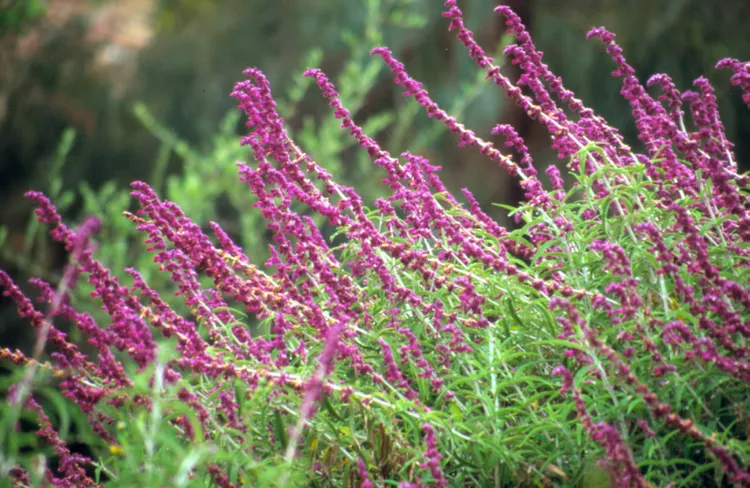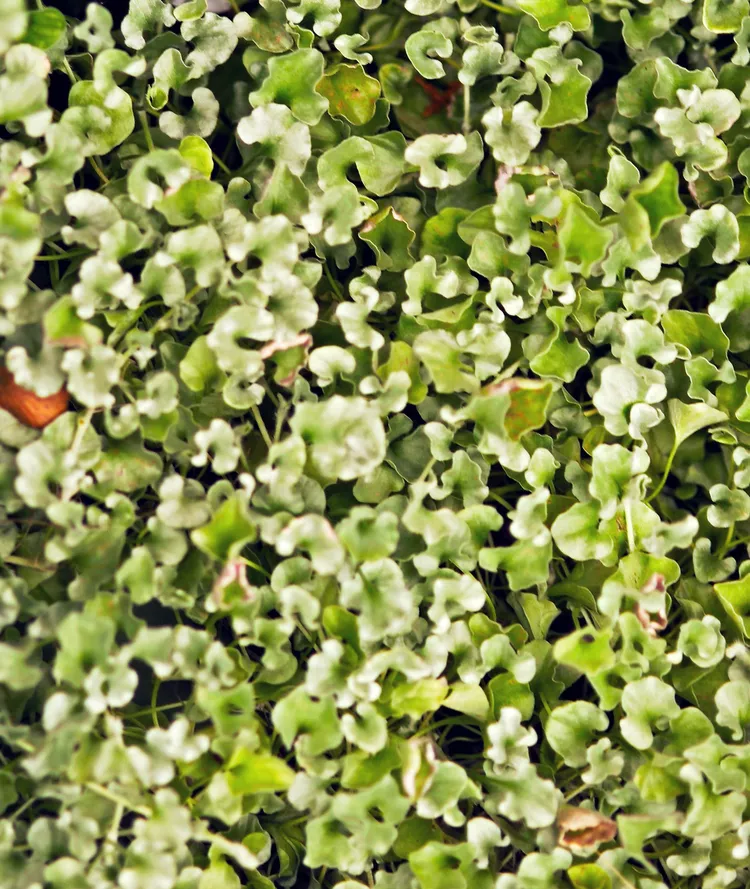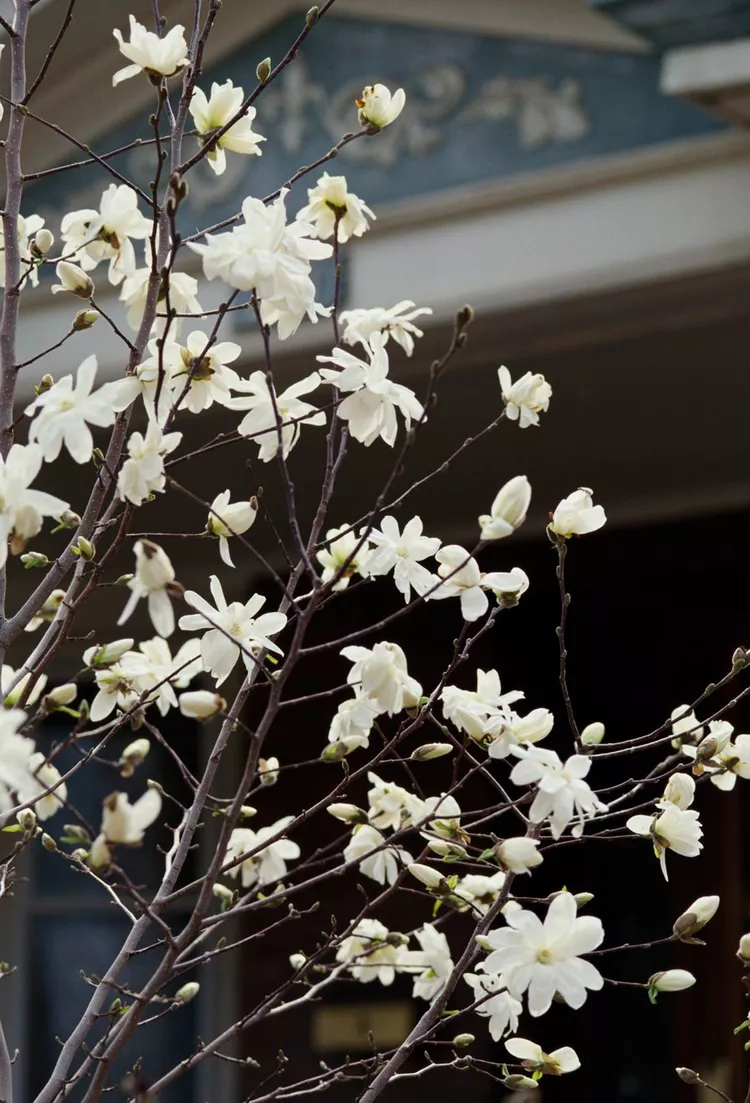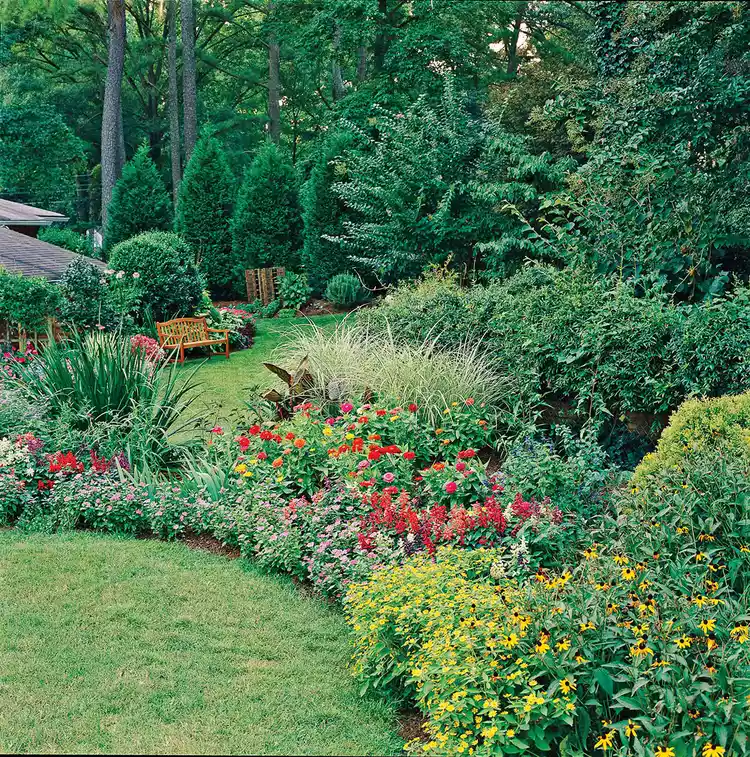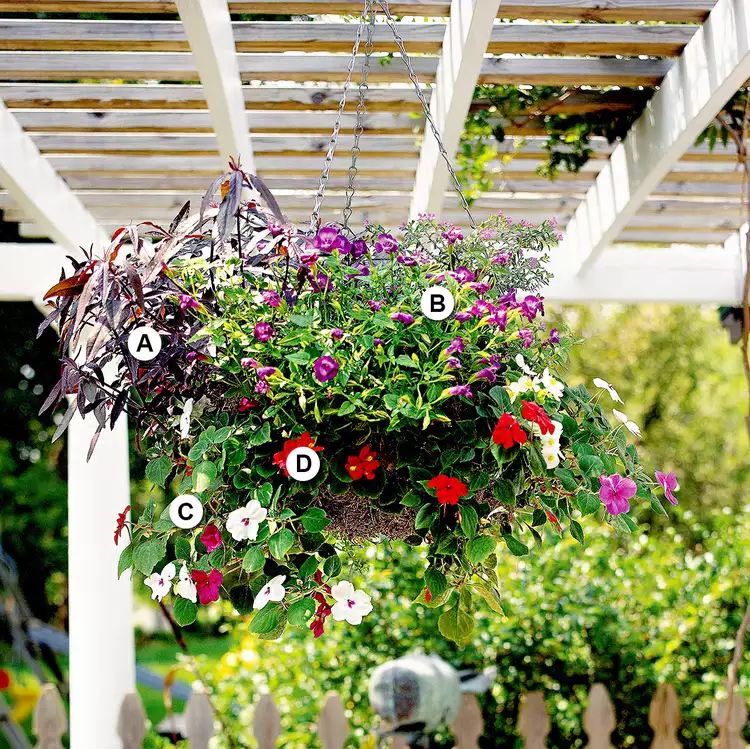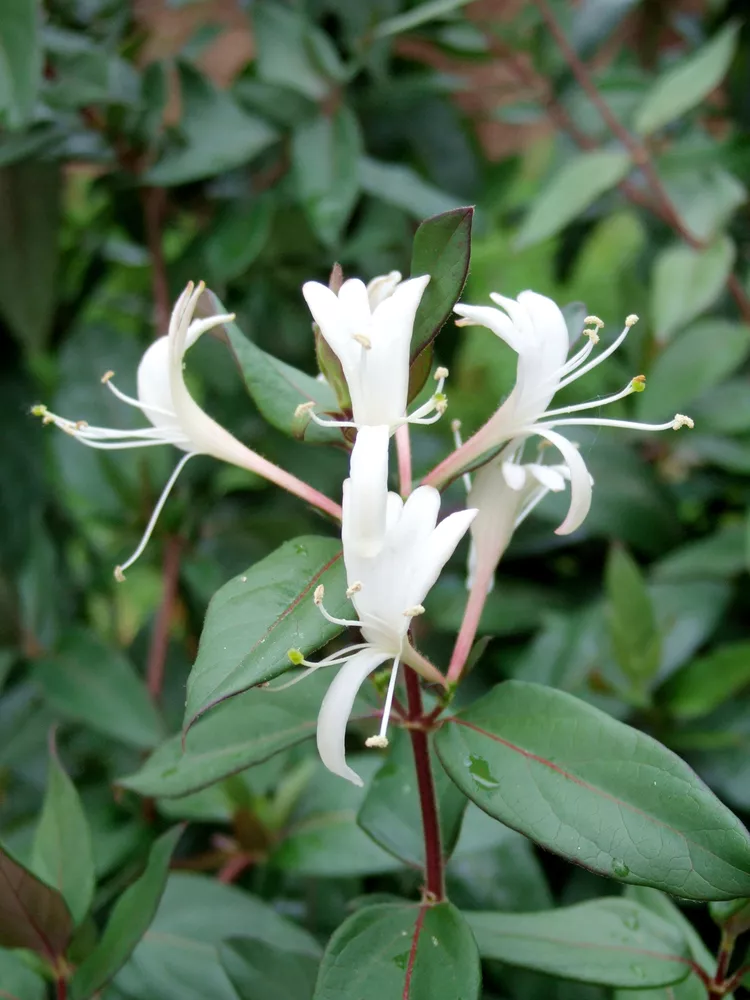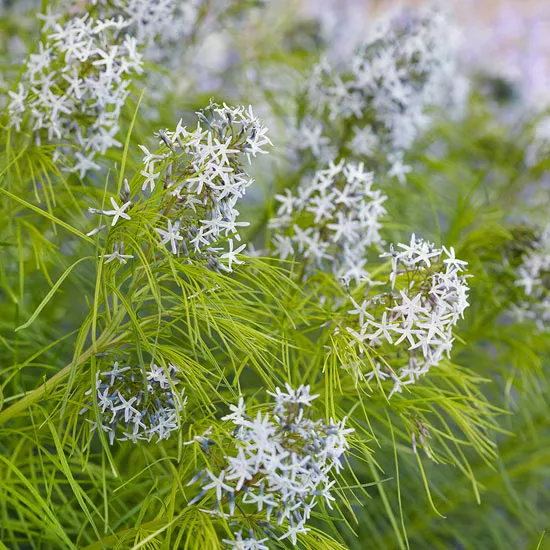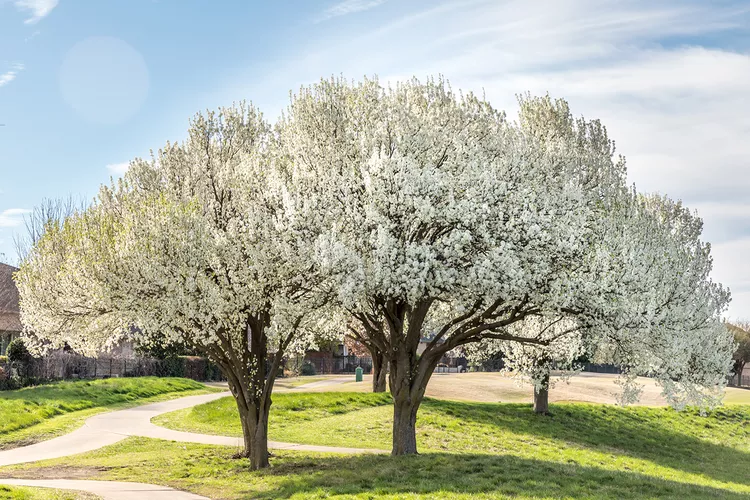
Bradford pear trees are the trees people love to hate. Notorious for their funky-smelling flowers, these blooming trees are a sign of spring in many places—but that's not to say they're welcomed with smiles from everyone. Besides their unpleasant scent, the trees' invasiveness has become so bad that many cities are offering incentives to homeowners to cut the trees down.
Years ago, I decided to ignore the rumors about this infamous Callery pear cultivar and plant one anyway, because I believe every plant deserves a chance. Plus, how beautiful are those white flowers? Here's what I learned.
Bradford Pear Tree History and Problems
Bradford pear was introduced in the mid-1960s and soon became the most popular cultivar of Callery pear (Pyrus calleryana). In fact, it's so popular that the two terms are pretty much used interchangeably by the public. It was a favorite of landscapers and municipal planners alike for several reasons. The trees look gorgeous when covered in white flowers in spring and offer pretty fall foliage as well. Bradford pear trees grow fast and take any kind of soil without complaint. And at first, they were pest-resistant and disease-free.
But before long, the tree's shortcomings started to cause problems. The Bradford pear tree was supposed to be small but ended up growing 40 to 50 feet tall. And the flowers had a sickeningly sweet aroma that hung in the air when the trees were planted in groups (a common practice with street trees).
Other flaws are harder to ignore. Bradford pear trees have a significant structural challenge, with a bunch of weak branches arising from the same section of the trunk. If a winter storm doesn't make a wreck of the tree, the poorly structured branches do it themselves. The trees can literally fall apart after 20 years.
And finally, the biggest pain became evident: Bradford pear trees haven been crossing with other flowering pear trees. The offspring revert to the characteristics of the species, which means tire-puncturing thorns and aggressive thickets that crowd out native plants.
My Experience with Bradford Pear Trees
One solution to the issues with Bradford pear trees was to use sterile cultivars that wouldn't reproduce. I bought one, a Cleveland Select, which had an upright, columnar shape that promised to be better behaved. Plus, it still had great fall foliage—a mix of burgundy and yellow in mid-November after everything else was finished. As for the flowers, I planted mine behind the garage, so I never noticed a smell.
One thing I did notice was fruit. After 10 barren years, my fruitless pear tree suddenly became a mother. As it turns out, sterile trees can still produce fruit if there's a cross-pollinator nearby.
The verdict: Although a sterile version of this tree may not drop fruit or produce a bad smell, there's a chance it'll still cross-pollinate. That means its undesirable genes could mix with those of native pears, which could produce seeds that turn into problem plants.
If you've got one, consider cutting it down (it makes good firewood!) and replacing it with a better-behaved, less-problematic flowering tree. Some of my favorites include flowering dogwood tree, serviceberry, flowering cherry, and fringe tree. Not only will your neighbors thank you for sparing their noses from the stench of a Bradford pear tree in flower, but you'll help keep native plant habitats healthier.
New



